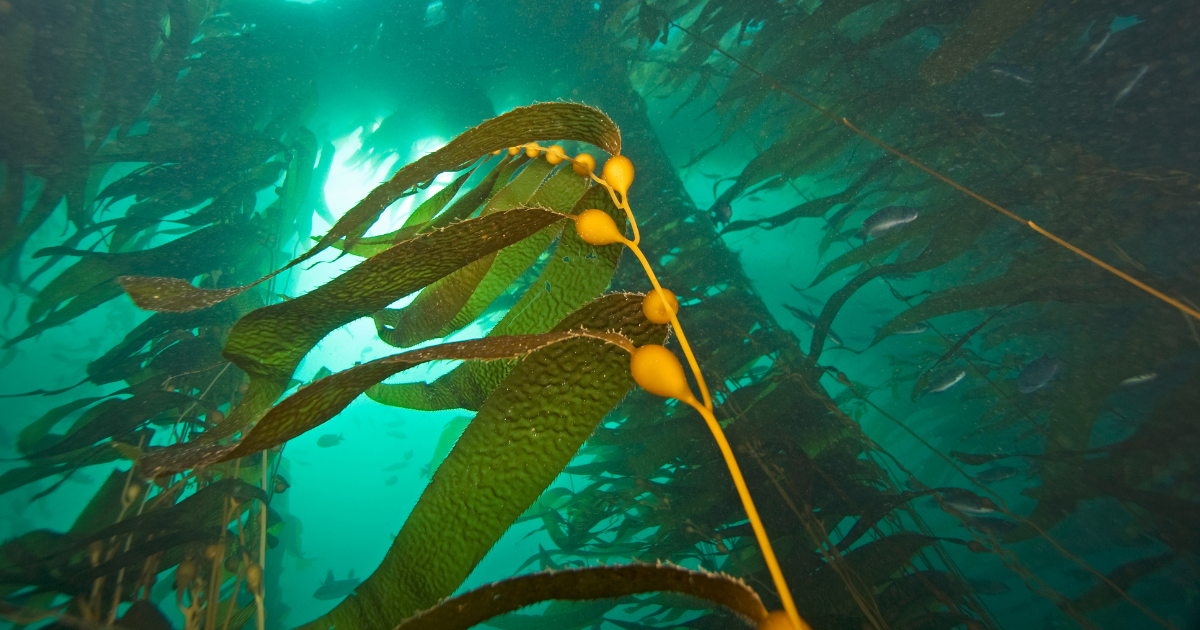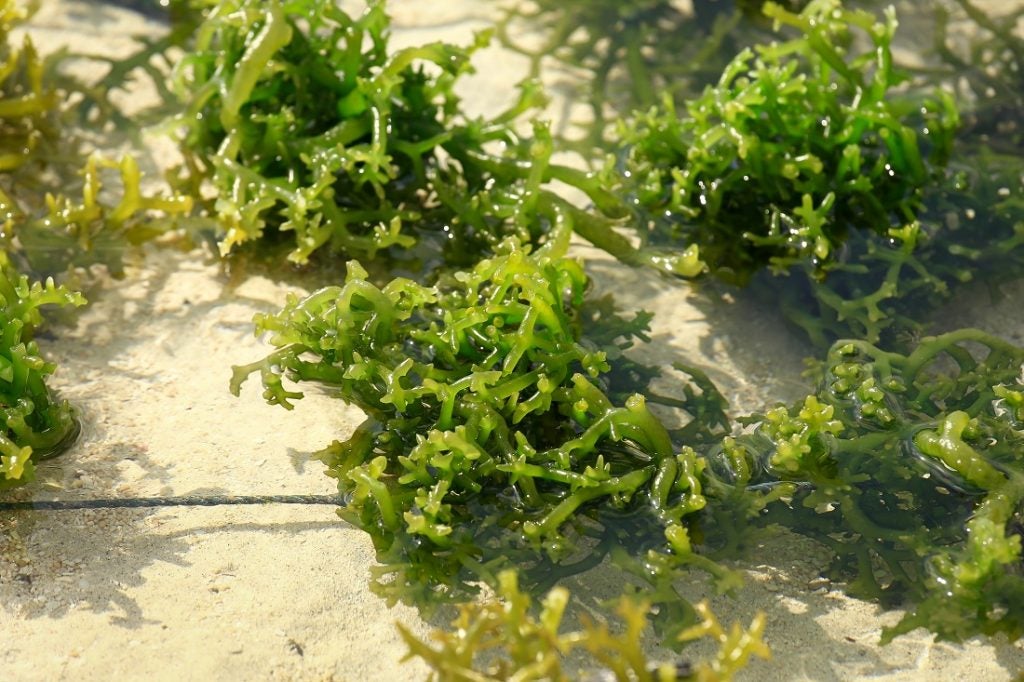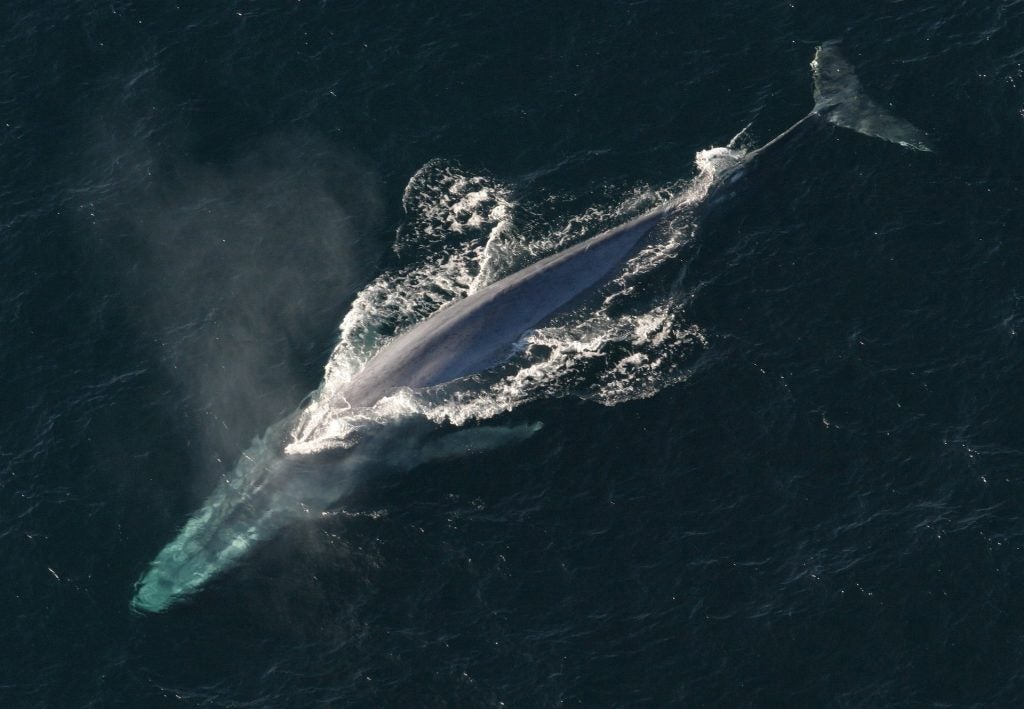We’re seeing the impacts of climate change in real time. There is an urgent need to reduce greenhouse gases (GHGs) in the atmosphere to avoid more catastrophic climate change impacts. This will require both reductions in GHG emissions and the removal of GHGs from the atmosphere. In recent years, this need has driven interest in seaweed as a natural climate solution, as seaweed can absorb carbon and grow quickly.
EDFish
Can seaweed really help fight global warming? Here’s what we know so far.
Seaweed to Slow Down Climate Change: Ready? Or Not?
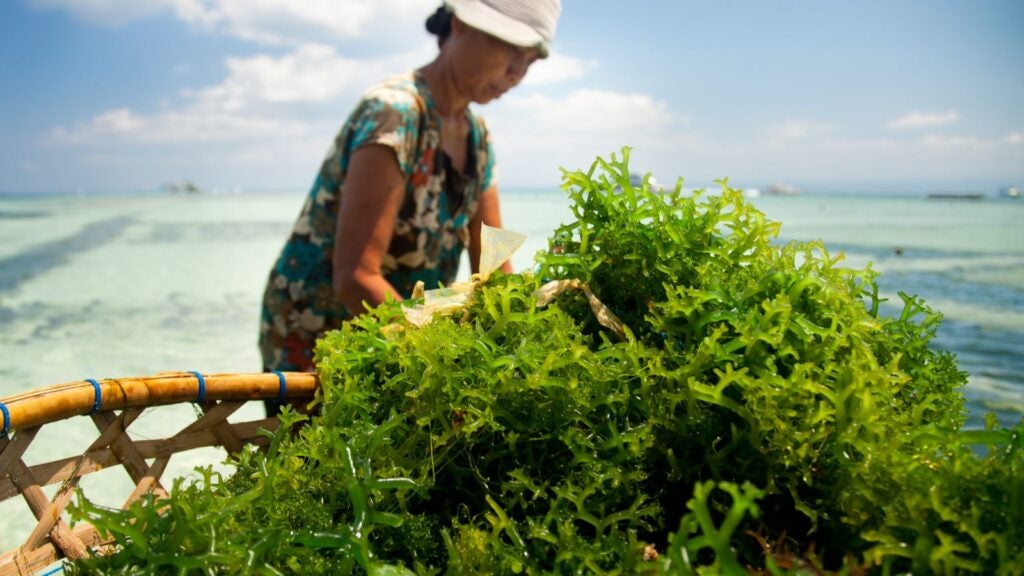
Seaweed is a hot solution for mitigating climate change. Can this carbon-absorbing powerhouse really help?
Seaweed is having a moment. I’ve been working on seaweed for 40 years, and I’ve never seen so many headlines about how seaweed can save the planet.
I can understand why. The need to save the planet is more pressing than ever. We must now dramatically reduce greenhouse gas emissions and, at the same time, increase the planet’s capacity to remove carbon dioxide (CO2) from the atmosphere to prevent even more catastrophic impacts of global warming.
Seaweed to heal the planet
Seaweed forests and algal beds cover about 3.5 million square km of our planet — only about 1% of the ocean’s surface — but these amazing ecosystems generate benefits to people and nature far out of proportion to their size. Read More
Whales, ships and climate change
In all the years I’ve been studying the ocean, whales have provided some of my fondest memories. I remember those humpbacks singing to each other off Maui; the baby gray whale I saw rolling around in the surf near Bodega Bay; and the blue whales that left me awestruck during trips to the Channel Islands.
Lately, I’ve been studying natural ocean processes that remove carbon dioxide from the atmosphere, searching for ways to restore or accelerate them so that we can safely slow down the rate of global warming. Whales might be part of the solution.
Seaweeds to the rescue, redux
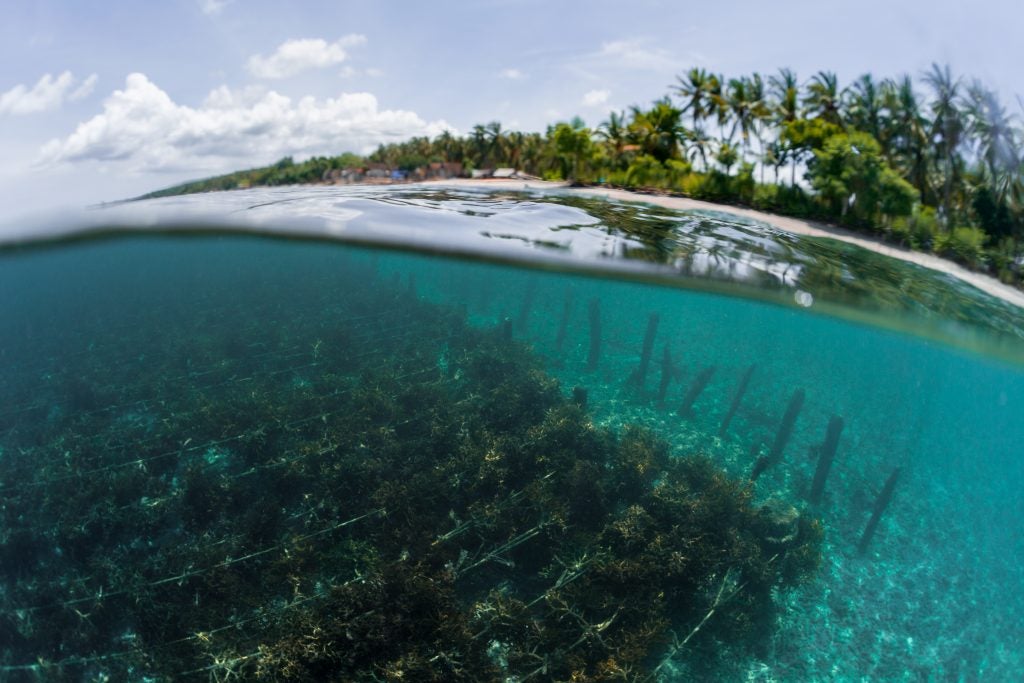
Recently, there has been a great deal of interest and even excitement about how seaweed might be able to help save us from climate change.
I appreciate the newfound exuberance for seaweed, and wholeheartedly agree that seaweeds do a lot for society and the planet. A similar awakening to the wonders of seaweed occurred in the 1980s, but it is now a distant memory. Let’s revisit the past so we can figure out how to create the conditions that will drive the restoration of seaweed forests and the expansion of seaweed farming at scale so they can contribute to carbon drawdown while benefiting people and nature. Read More
The return of the blob: How can we help fisheries adapt to warming waters?
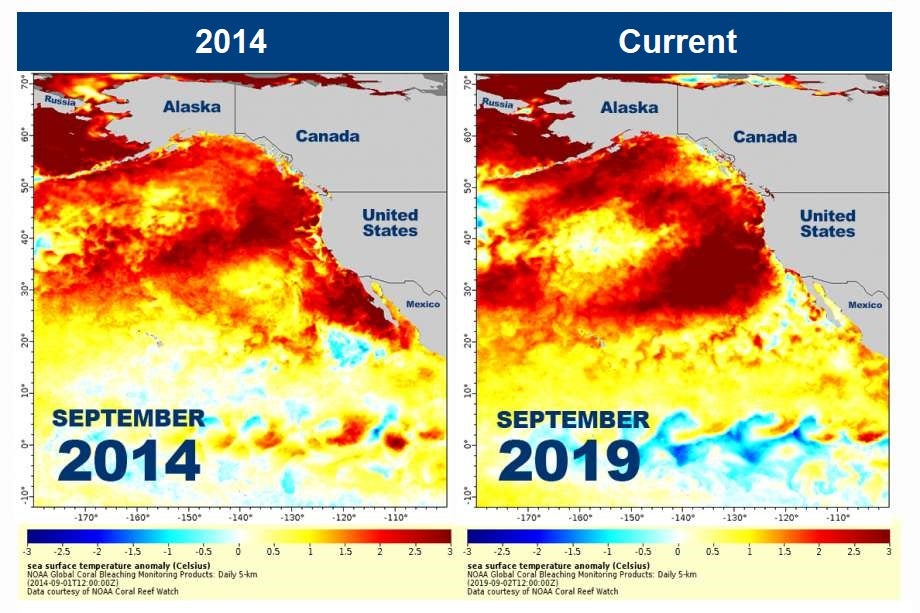 Editor’s note: This is the seventh in a multi-part blog series, Fisheries for the Future, examining the impacts from climate change on global fisheries and the opportunities to address these emerging challenges. Throughout the series, we’ll be investigating how climate change will impact the world’s supply and distribution of fish and what we can do to ensure the most sustainable future for ourselves and our planet. Learn more about this work: Resilient Seas
Editor’s note: This is the seventh in a multi-part blog series, Fisheries for the Future, examining the impacts from climate change on global fisheries and the opportunities to address these emerging challenges. Throughout the series, we’ll be investigating how climate change will impact the world’s supply and distribution of fish and what we can do to ensure the most sustainable future for ourselves and our planet. Learn more about this work: Resilient Seas
There’s a lot we don’t know about how climate change will unfold. Unexpected events will occur, and when they do we will need to adapt and learn from those experiences. Here’s a story about one of these climate surprises: the “warm blob” in the Pacific Ocean. Read More










